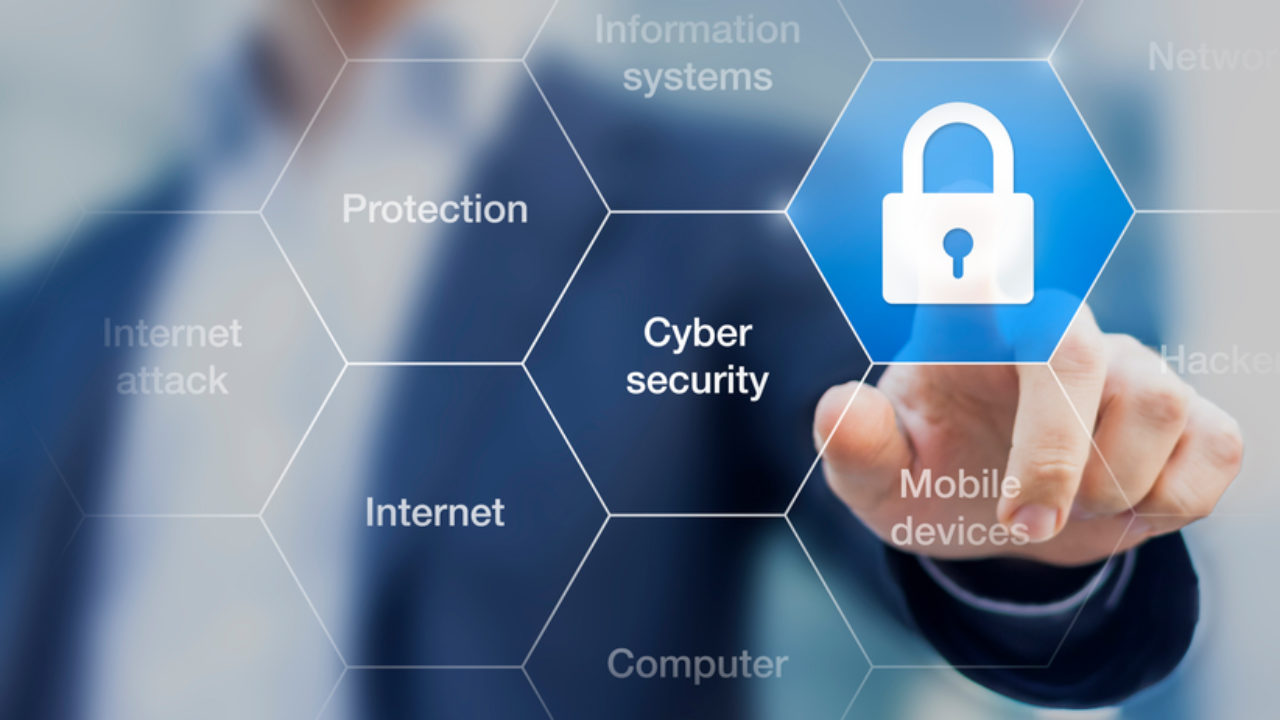
Below are some of observations and Cyber security best practices for daily use. If you are secure, safe and healthy so you can make others as well. What we practice everyday it becomes our habit. if you follow some basic and standard practice which may avoid some possible damage or loss.
- Email ID and Mobile Number:
- Manage separate Email-Id and mobile number for your banking and such important activities, avoid sharing this Email-Id with anyone.
- Login to such email id in separate browser or use incognito mode.
- Opt for second factor authentication for your personal email id, banking to add extra layer of security.
- Use of basic phone for banking mobile number (SIM card).
- Banking:
- Avoid sharing banking, bank account details.
- Avoid storing card pin, card number, CVV number, banking details or banking cerdentials on insecure file or storage.
- Make a habit of changing banking password more frequently.
- Deactivate unused or inactive credit card, Debit Card.
- Avail fasility to disable international usage of card.
- Set Online Banking Limits:
- Domestic Limit
- International Enabled with Limits:
- Online Shopping Limit
- Cash Withdraw limit.
- Add or update your latest email id, mobile number and address with bank.
- Monitor banking transactions time to time.
- Use single bank account ( Debit Card and Online Banking) for all your online shopping, hotels, retail shops, movies, purchase, Cab and for swiping at any place.
- Passwords:
- Avid using same password for your social media, banking, email services, online services and office work.
- Enable two factor authentication wherever possible e.g SMS, Smartphone tap, Fingerprint, Email.
- Avoid storing passwords, sensitive information in notepad, notes, sticky notes, diary or insecure storage divide.
- Before entering your credentials anywhere verify authenticity of the service provide.
- Avoid using easy, guessable and dictionary words in password. Create password which is unique to you, with combination of numbers, special characters and upper-lower case.
- Social Media:

- Try Searching your self on web and observe the details visible in your public profile.
- Plan your personal and public profile. Avoid sharing your personal details unnecessary.
- On Social media, avoid accepting request from unknown user.
- Do not discuss or share any personal or financial details over social media.
- Check privacy policy for all your social media account and see what you are sharing with your friends and other users.
- Avoid sharing photos which can share additional details along with it.
- Smartphone / Personal Devices:
- Avoid downloading applications from untrusted sources or websites.
- Uninstall apps you do not use.
- Enable data storage encryption on your smartphone.
- Update latest patches for mobile OS and application.
- Beware of the each app's permissions or access on your device, revoke suspicions permission or access.
- Use fingerprint or strong pattern or strong passcode to unlock device.
- Make a practice of changing your device password regularly.
- Enable remote wipe on your device.
- Do not pair with untrusted device if you are not sure.
- Avoid leaving device unlocked or with other person.

- WiFi:

- Be careful of using public wifi or someone's wifi hotspot for your personal financial and important transactions.
- Avoid sharing or storing Wifi password unnecessary.
- Practice of changing WiFi or Wifi hotspot password regularly.
- Turn off Wifi in case not in use. Specially at sleep time.
- Use wired connection whenever feasible.
- Camera:

- Physically cover all your personal devices camera with sticker or camera caps.
- Disable location tagging in camera settings if not required.
- Be careful to perform any sensitive transaction on your laptop, smartphone screen when you are around with untrusted CCTV Cameras or Security Cameras.
- Beware of people around you who may capture in pic or video.
- Device Backup:

- Take regular backup of your all important devices e.g Smartphone, Laptop, Desktop computer.
- Enable data encryptions on your backup device, avoid storing backup on untrusted and insecure location.
- At Work/Office:

- Avoid the situation for Tailgating or handing over your access card to others.
- Avoid talking/discussing sensitive matter in public place or around unknown people.
- Do not store work related documents/files on your personal storage or devices.
- Never share your work credentials with anyone.
- Beware of phishing mail or call, do not share any information with unknown person.
- In case you come across any cyber security attack reach out to your SOC(Security Operation Centre)
- Practice of locking your machine or devices before you be away.
- Do not download untrusted software or applications, follow company software policy.
- Dispose printed document safely.
- Avoid sharing project or work related details over social media or in your profile document or CV.
Comments
Post a Comment